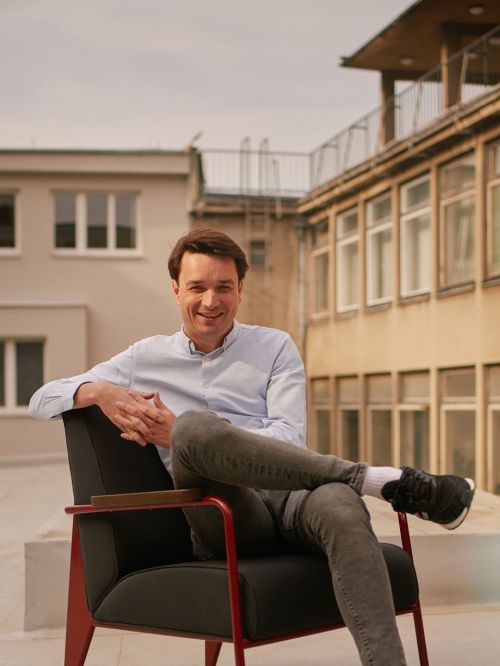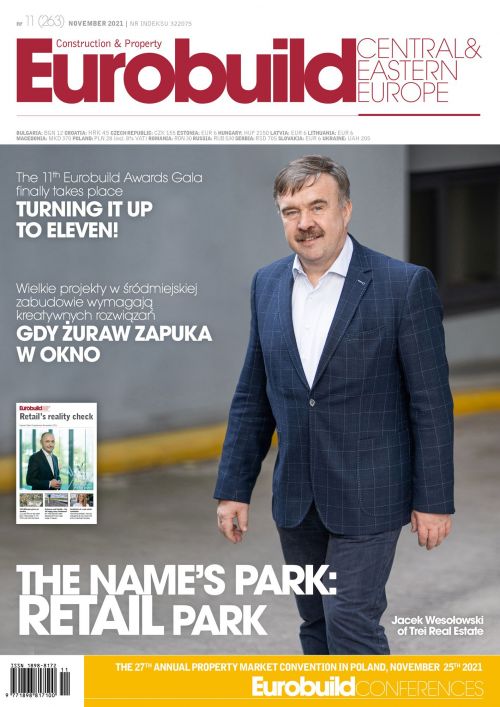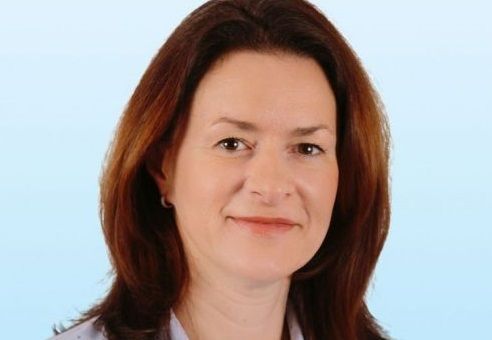As we now hopefully emerge from this dark time, the question for developers and urban planners is how much our lifestyles have changed. Have they been transformed forever? Were such changes inevitable and already underway? Did the pandemic simply push us further along this road? Will there be a return to the old normal – or is the new normal here to stay? These questions are of fundamental importance for cities and developers, and we have already seen huge shifts already – away from commuting to the office every day in favour of working from home, while business trips and events have been replaced by video-conferences, a booming e-commerce market has put a huge dent in traditional retail, and there has been a surge in house prices in certain locations. When all of this is taken into consideration, the question can be reduced to: how should cities now be planned and zoned – and what part should developers be playing in this?
“If we really look for things the pan































































